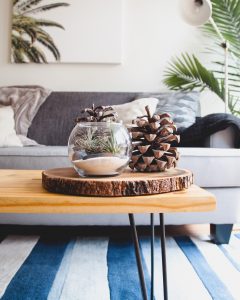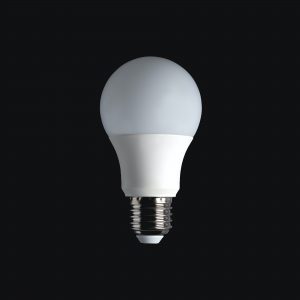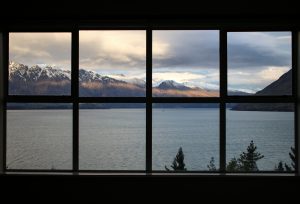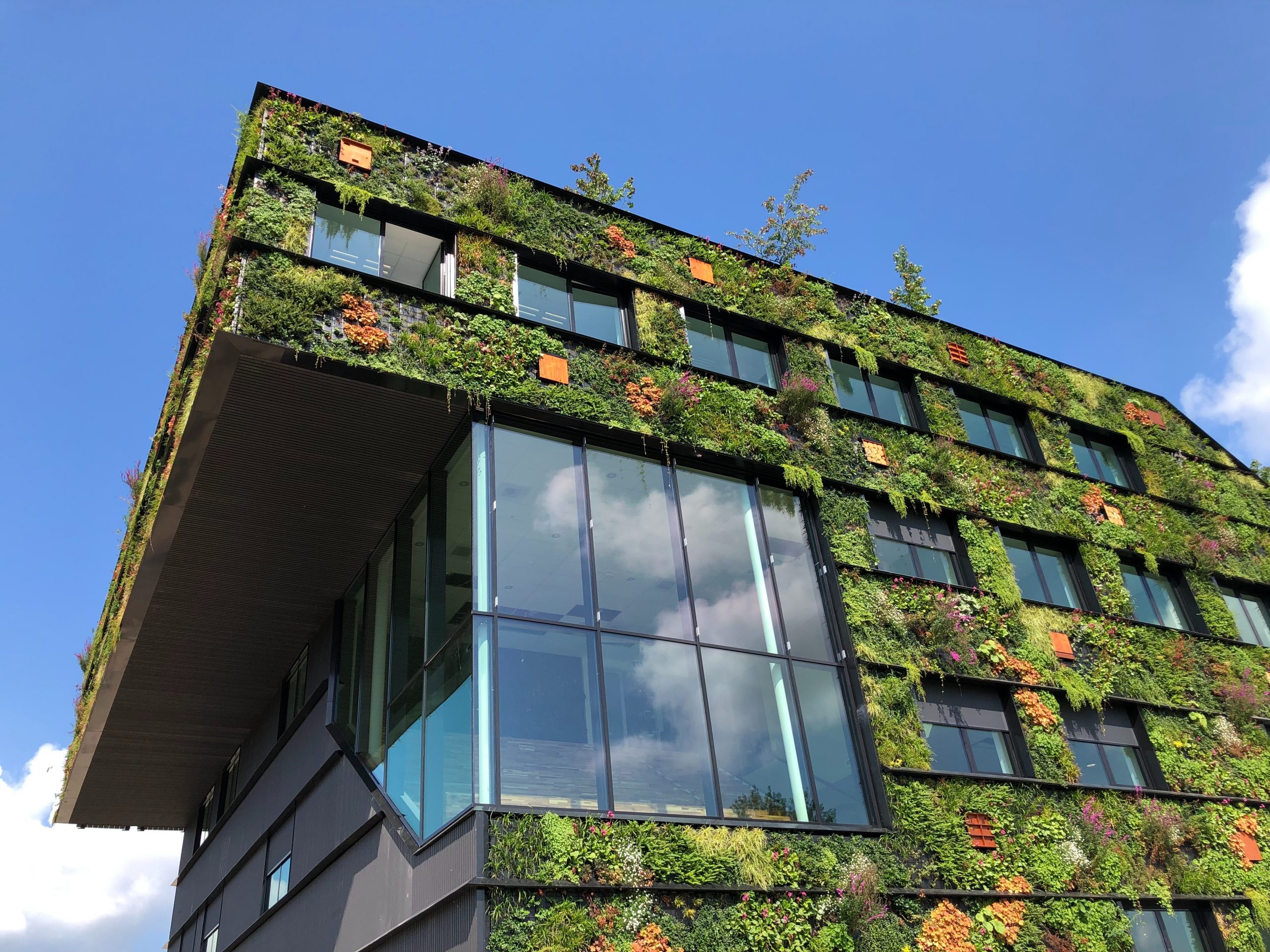As conscientious individuals, we are increasingly aware of our environmental impact and seek ways to make a positive change. The real estate industry has witnessed a remarkable shift towards sustainable practices and eco-friendly designs. Today, we explore the exciting world of sustainable materials and the design trends shaping the future of real estate. If you missed my blog post on the other top design trends of 2023, check it out here!
-
Embracing Reclaimed and Recycled Materials:
In sustainable design, incorporating reclaimed and recycled materials has gained traction. They add character, charm, and reduce waste. From reclaimed wood flooring to repurposed metal fixtures, these materials create environmentally friendly and visually captivating spaces.

-
Energy-Efficient Lighting Solutions:
Energy conservation is crucial, leading real estate professionals to focus on energy-efficient lighting. LED lighting consumes less energy, has a longer lifespan, and smart lighting systems optimize consumption. Result? Reduced energy costs and a lighter environmental footprint.

-
Green Roofs and Living Walls:
Green roofs and living walls are popular sustainable design elements. Green roofs provide insulation, reduce stormwater runoff, and enhance air quality. Living walls beautify spaces and act as natural air purifiers. They contribute to a healthier environment and enhance aesthetic appeal.

-
Passive Design Principles:
Passive design minimizes excessive heating, cooling, and artificial lighting. Optimizing orientation, insulation, and natural ventilation reduces energy consumption. Large windows for natural light, shade structures, and strategic landscaping create comfortable living or working spaces.

-
Water Conservation Strategies:
Water scarcity is a global concern, making water conservation vital. Low-flow fixtures, rainwater harvesting, and greywater recycling systems are integrated by real estate professionals. These measures reduce water consumption and preserve this precious resource.

-
Biophilic Design:
Biophilic design connects people with nature in the built environment. Incorporating natural elements like plants, natural lighting, and water features promotes well-being and productivity. Biophilic design enhances aesthetics, air quality, reduces stress, and increases satisfaction.

Sustainable materials and eco-friendly designs are transforming the real estate industry. From reclaimed materials and energy-efficient lighting to green roofs and water conservation strategies, these trends reflect a commitment to a sustainable future. Adopting these practices reduces environmental impact and enhances well-being for occupants. Let’s embrace these trends and shape a future where sustainability and design go hand in hand.

 Facebook
Facebook
 X
X
 Pinterest
Pinterest
 Copy Link
Copy Link


